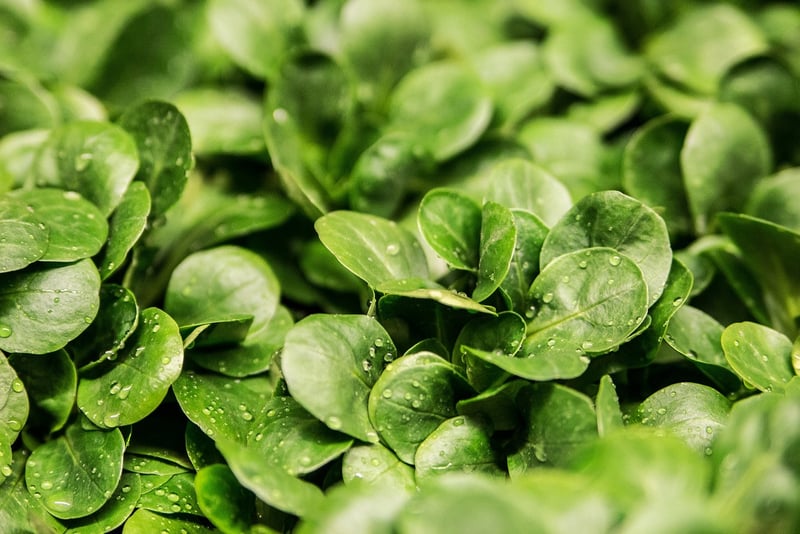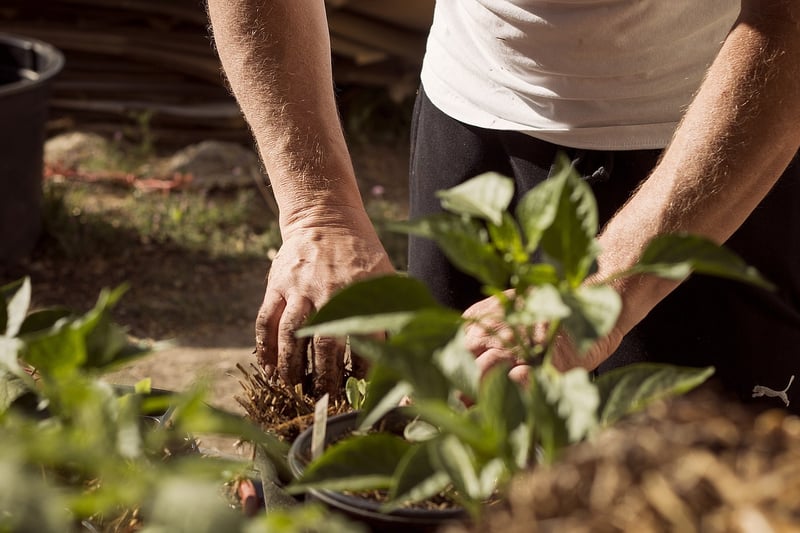Companion Planting
Sustainable Agricultural Design Principles and Companion Planting
Sustainable Agricultural Design Principles
Sustainable agriculture aims to meet society's food and textile needs in the present without compromising the ability to meet future generations' needs. Here are some key principles:
1. Crop Rotation
Crop rotation helps maintain soil fertility and reduces pest and disease problems by alternating different crops in the same area seasonally.
2. Soil Health
Healthy soil is crucial for sustainable agriculture. Practices like composting, cover cropping, and minimal tillage help improve soil structure and fertility.
3. Water Conservation
Efficient water use through techniques like drip irrigation, rainwater harvesting, and mulching is essential for sustainable agriculture, especially in water-scarce regions.
4. Biodiversity
Encouraging biodiversity through planting a variety of crops, fostering beneficial insects, and preserving natural habitats helps maintain ecosystem balance.
Companion Planting
Companion planting is the practice of growing different plants together to benefit one another in various ways, such as pest control, pollination, and improved growth. Here are some popular companion planting combinations:
1. Three Sisters
The traditional Native American trio of corn, beans, and squash is a classic example of companion planting. Corn provides support for beans, beans fix nitrogen in the soil, and squash acts as a living mulch.
2. Marigolds and Tomatoes
Marigolds emit a strong scent that repels pests, making them excellent companions for tomatoes, which are susceptible to insect damage.
3. Basil and Tomatoes
Planting basil near tomatoes can improve the flavor of tomatoes and deter pests like aphids and hornworms.
4. Carrots and Onions
Carrots and onions are mutually beneficial when planted together. Onions repel carrot flies, while carrots repel onion flies.

By incorporating sustainable agricultural design principles and companion planting strategies, farmers and gardeners can create more productive and resilient systems that benefit both the environment and the crops grown.
